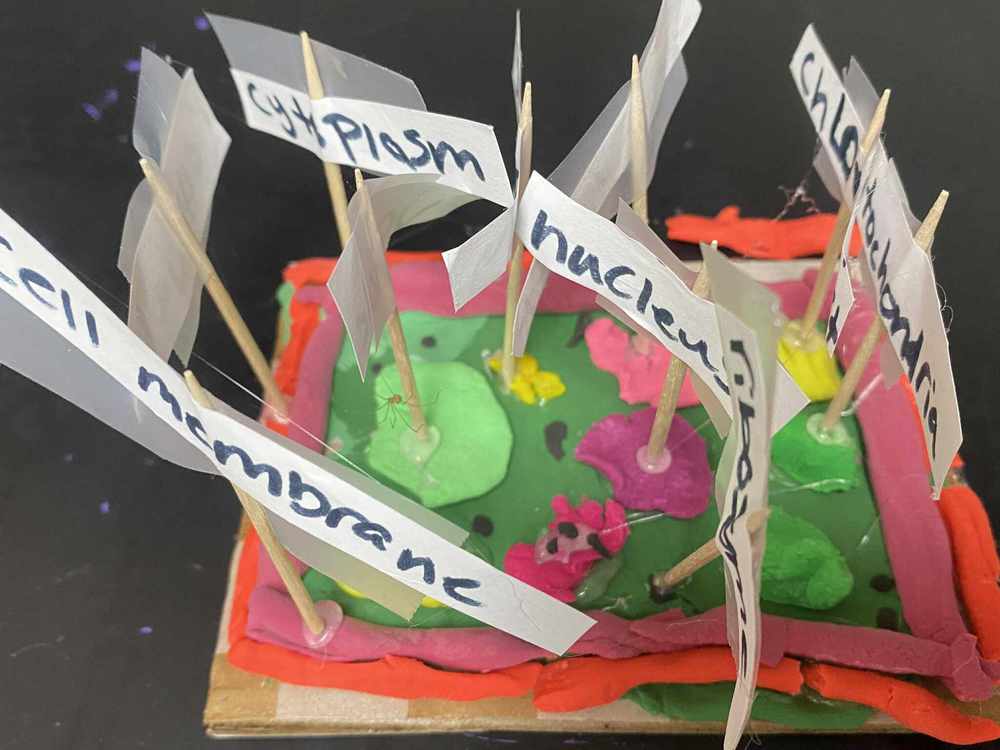RACINE, OH — Creativity and science came together in Mrs. Kim Hupp’s sixth-grade classrooms as students rolled up their sleeves — and their Play-Doh — to build colorful models of animal and plant cells.
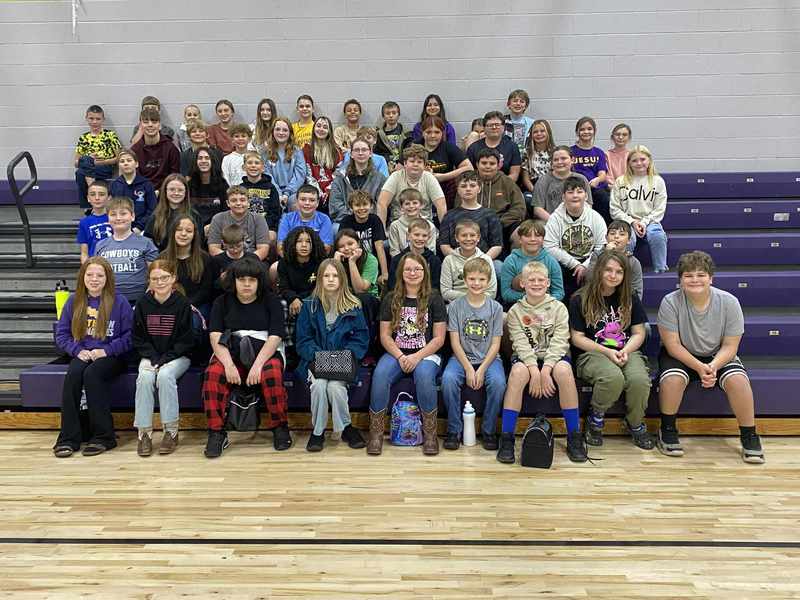
Working in small groups, the young scientists used bright shades of Play-Doh to sculpt each cell’s organelles with impressive detail. From the sturdy cell wall and flexible cell membrane to the nucleus, endoplasmic reticulum (both rough and smooth), lysosomes, and vacuoles, every part of the cell was represented in 3-D form.
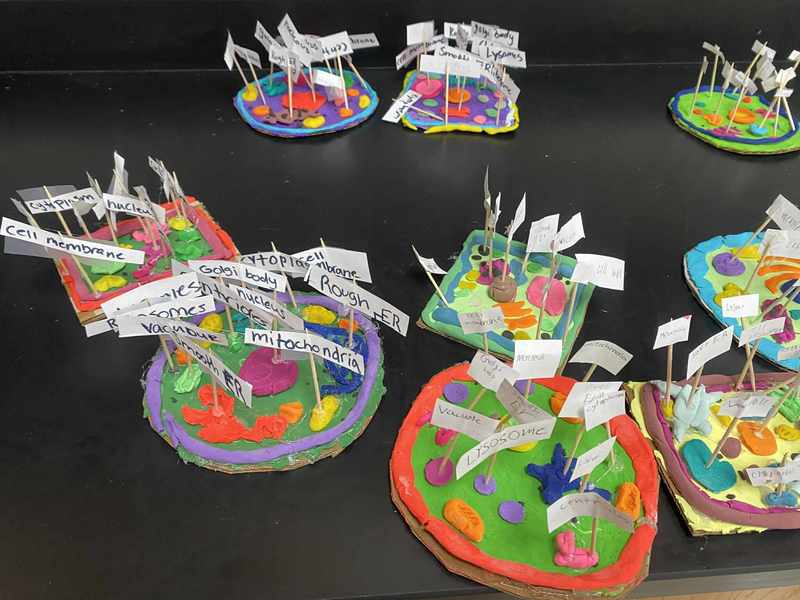
“It was amazing to see the students take something we’ve studied on paper and turn it into something they could actually see and touch,” said Mrs. Hupp. “They really took ownership of their learning.”
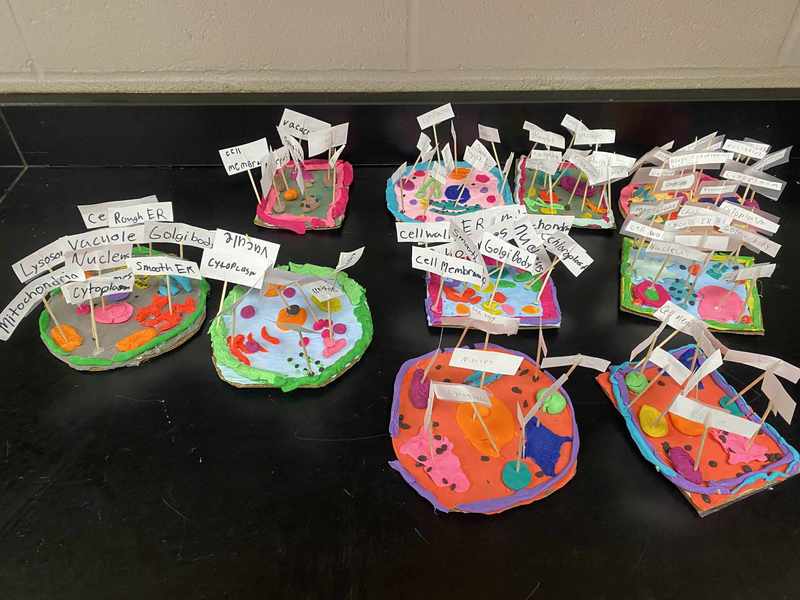
The project took a couple of days to complete, as each group planned, built, and labeled their models. Students carefully compared the differences between plant and animal cells, noting how plant cells include a cell wall and chloroplasts, while animal cells do not.
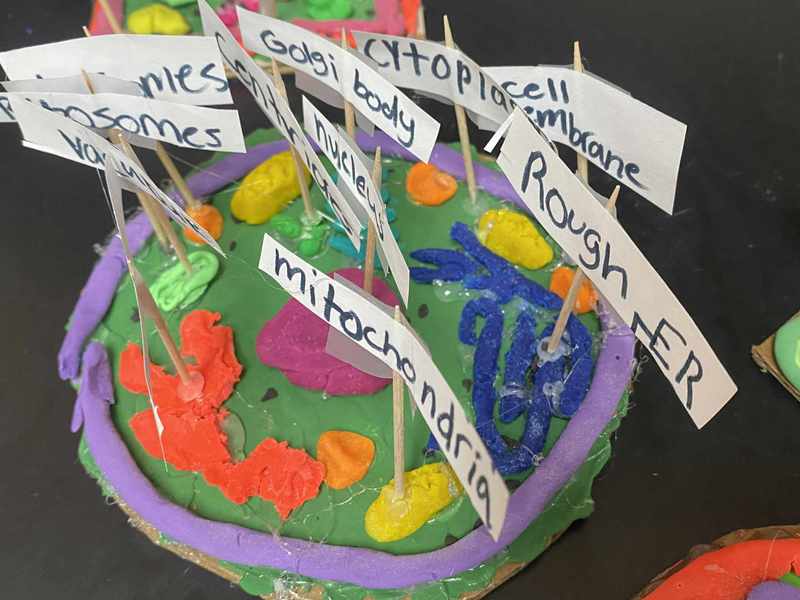
Southern Elementary Principal Tricia McNickle was very excited about seeing the projects when visiting the science classroom.
“Mrs. Hupp’s sixth graders truly set the bar high, proving that science can be both educational and artistic,” said McNickle.
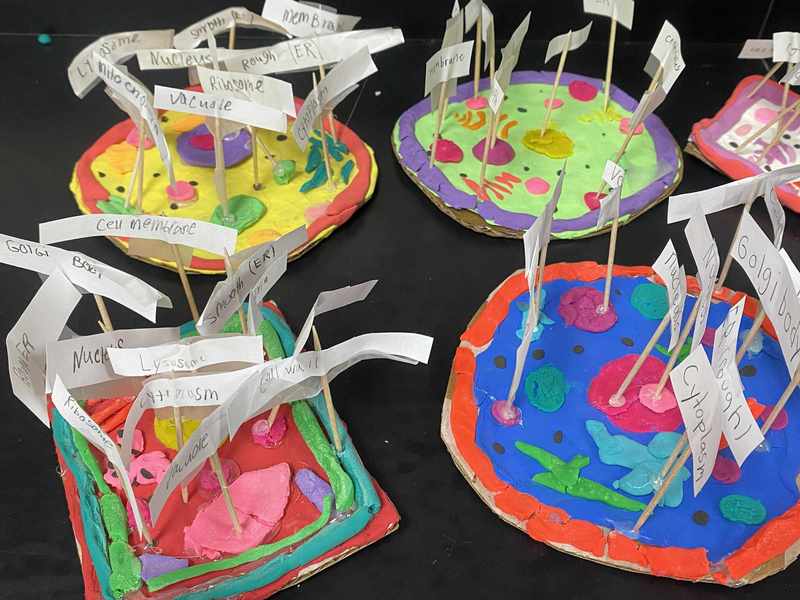
By the end of the project, colorful cell models filled the classroom — a bright display of both creativity and scientific understanding. The hands-on activity not only helped students visualize how organelles work together but also made complex biology concepts fun and memorable.

